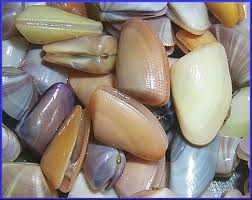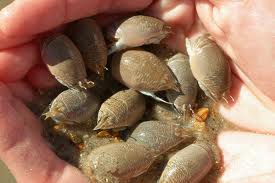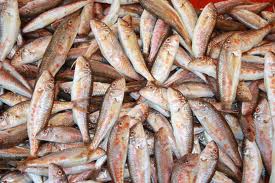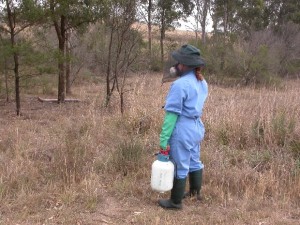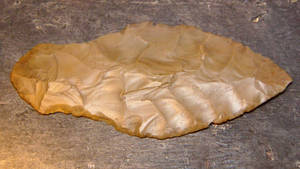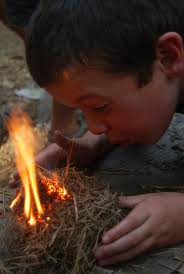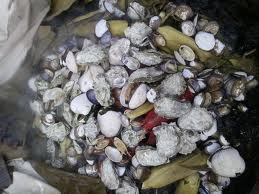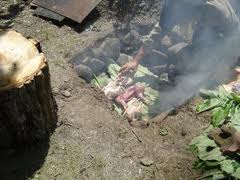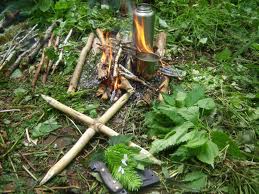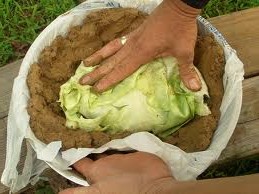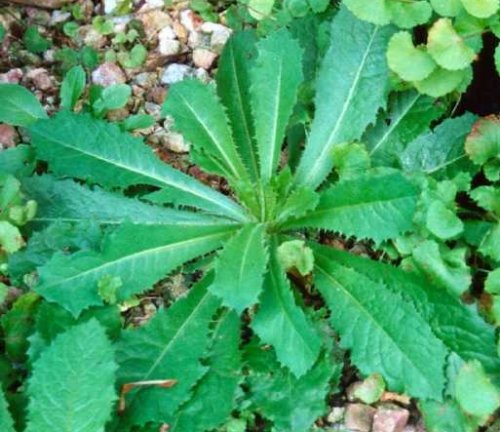I will admit to being a cast net junkie.
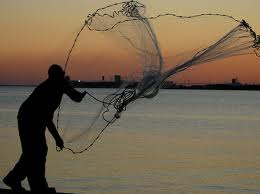 Some people collect coins or stamps. I collect cast nets. I started throwing nets some 40 years ago and have been hooked since. What does this have to do with foraging? Quite a lot.
Some people collect coins or stamps. I collect cast nets. I started throwing nets some 40 years ago and have been hooked since. What does this have to do with foraging? Quite a lot.
I went to Daytona Beach yesterday to visit a friend who has a timeshare there. I took along my favorite cast net as I was supposed to catch dinner. The pressure was on. So was the heat… record breaking. With the humidity the heat index was 105. The heat won after just a few tosses. So netted fish was off the menu. However, being a forager is also be resourceful.
 Borrowing a colander I sifted a quart of tiny coquina ((Donax variabilis) from the low-tide sand and more than a few mole crabs (Emerita talpoida.) Then I found some sea purslane (Sesuvium portulacastrum) and sea rocket (Cakile edentula.) If I had caught a fish before avoiding heat stroke I could have stuffed the fish with either or both.
Borrowing a colander I sifted a quart of tiny coquina ((Donax variabilis) from the low-tide sand and more than a few mole crabs (Emerita talpoida.) Then I found some sea purslane (Sesuvium portulacastrum) and sea rocket (Cakile edentula.) If I had caught a fish before avoiding heat stroke I could have stuffed the fish with either or both.
I boiled the coquina and mole crabs for their broth, cooked the purslane separately to reduce the salt, then combined everything plus some of the coquina meat and warmed it up again making a beach chowder for supper. Not exactly pompano but delicious nonetheless. If we had some butter and cream to add all the better. Coquina broth also makes an excellent base for creamed potato soup.
The coquina and mole crabs are as unknown edibles as the sea purslane and rocket. The more important lesson though is finding four edibles and making a meal. While foraging is a hobby, it’s also an always-available plan B. I’d like to think my plan B yesterday wasn’t much different than ancient reality. When nature provides you have to be flexible, particularly for a meal.
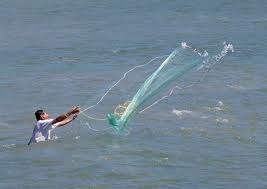 As for the cast nets. It is very rare for me not to catch something. In fact, I am usually the only one on the beach catching anything. My favorite net is a light green one I can put anywhere within 20 feet. I can even throw a net from my kayak and canoe. On the beach most fishermen think I am casting for baitfish so when they look in my bucket they’re usually astounded to see I caught what they couldn’t. I’ve also had to educate a park ranger or two. Most of them don’t know under Florida law every fish you can catch with a hook in saltwater you are allowed to catch with a cast net. (Hint: When the say they are going to give you a citation ask them to write down the number of the law you are breaking. This always results in several radio conversations and no citation.) Florida has, however, outlawed seine nets in many cases but not cast nets.
As for the cast nets. It is very rare for me not to catch something. In fact, I am usually the only one on the beach catching anything. My favorite net is a light green one I can put anywhere within 20 feet. I can even throw a net from my kayak and canoe. On the beach most fishermen think I am casting for baitfish so when they look in my bucket they’re usually astounded to see I caught what they couldn’t. I’ve also had to educate a park ranger or two. Most of them don’t know under Florida law every fish you can catch with a hook in saltwater you are allowed to catch with a cast net. (Hint: When the say they are going to give you a citation ask them to write down the number of the law you are breaking. This always results in several radio conversations and no citation.) Florida has, however, outlawed seine nets in many cases but not cast nets.
I throw left and right handed — I can fish longer that way — and view it as good exercise. Throw 20 pounds of lead 200 times and drag it back and you have had some exercise. I think it’s also more sporting for the fish. I’m not preying on their hunger and they have a chance to get away. And not every fish I catch I keep so they go back unharmed.
As for foraging: My net turned up empty yesterday but not the belly. Foraging is knowing what’s edible, when it’s in season, where to find it, and how to make it into a meal.

